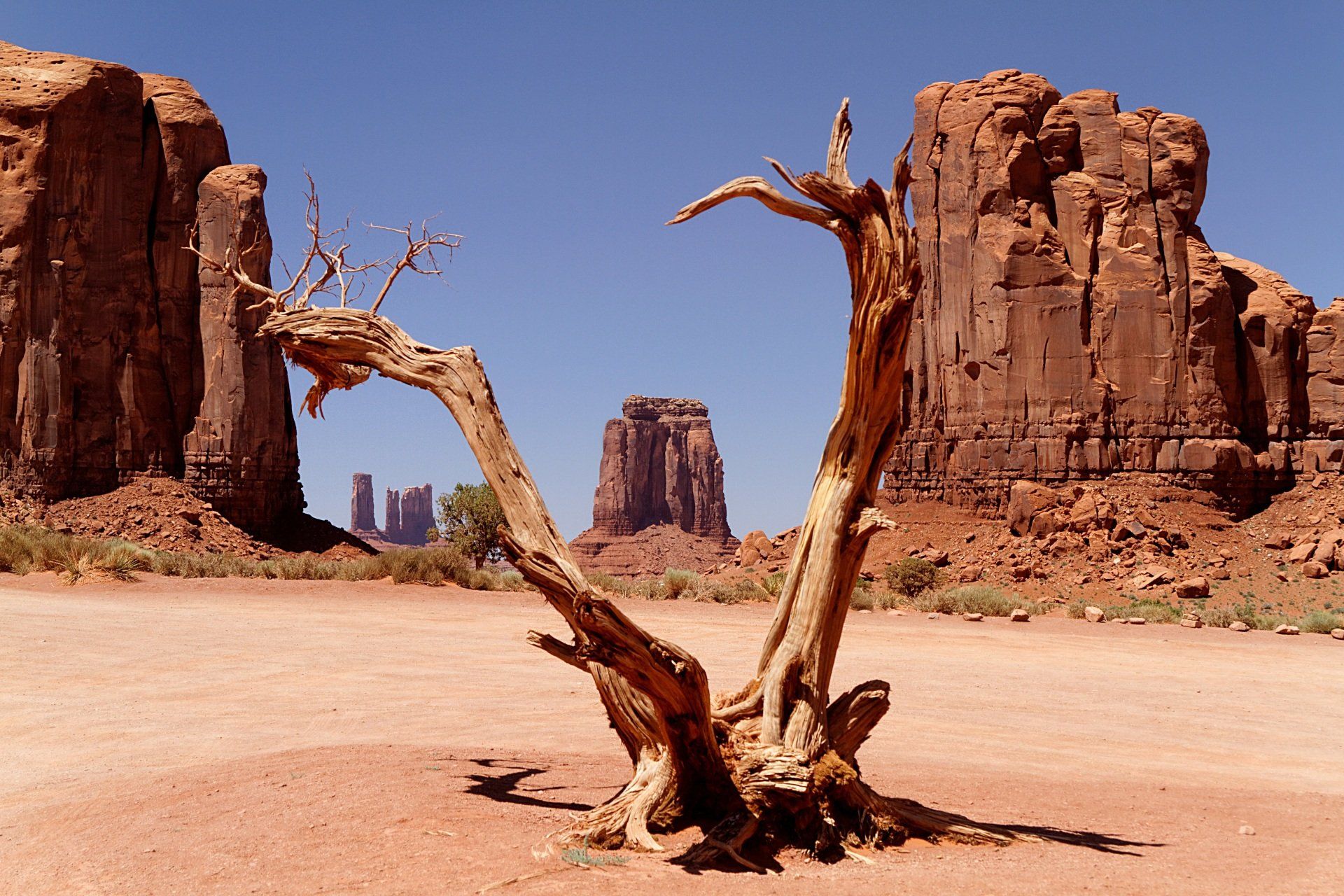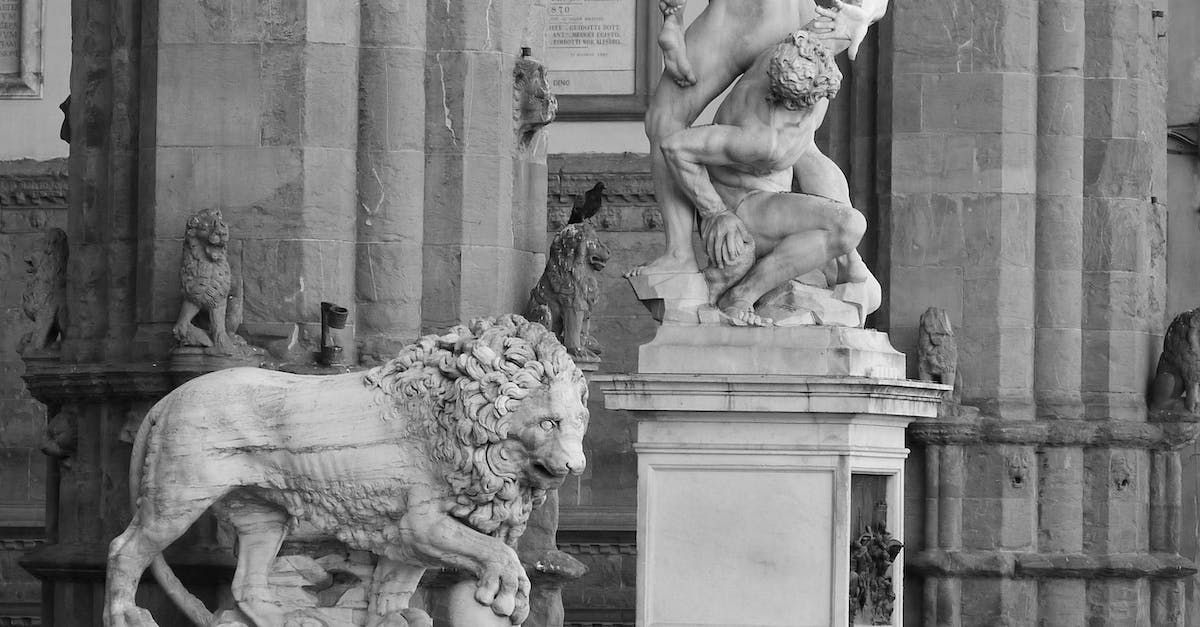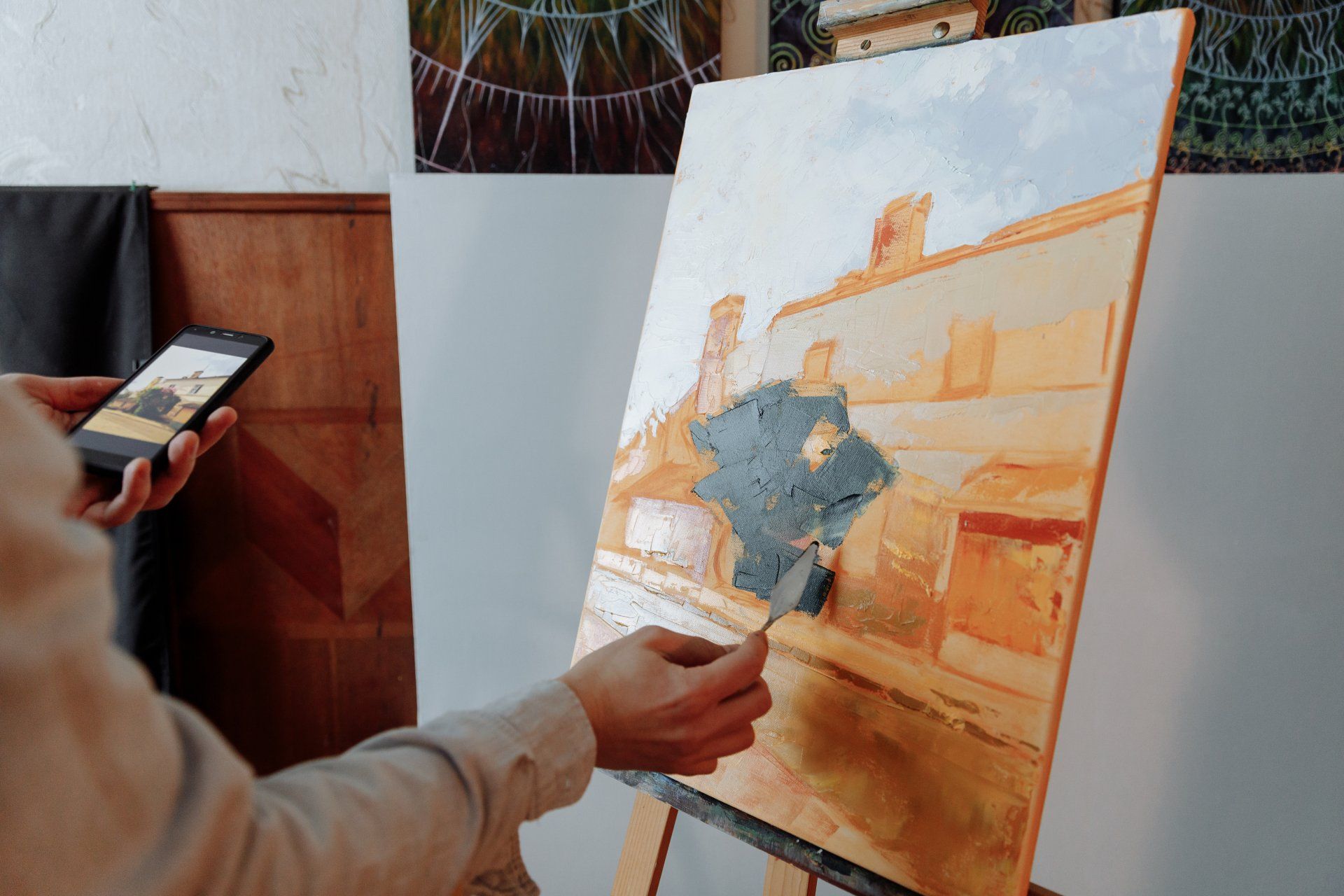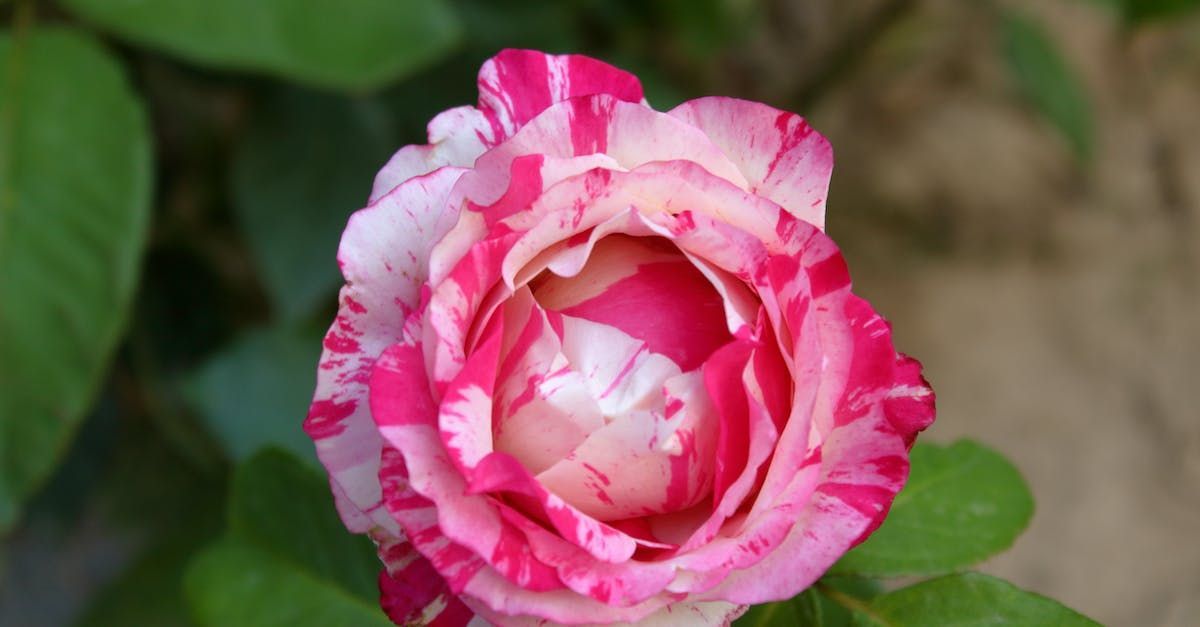Tom Browning
The Artist of Atmosphere

Tom Browning is a celebrated artist known for his realistic and atmospheric paintings that beautifully capture the essence of the Western lifestyle. His artworks depict cowboys, horses, and scenes from ranch life with remarkable attention to detail, making him a highly regarded contemporary cowboy artist. This article delves into Browning's artistic style, his ability to evoke the spirit of the West, and his reputation as a masterful painter.
Realistic and Atmospheric Paintings:
Tom Browning's paintings are characterized by their remarkable realism and atmospheric quality. Through his expert use of light, shadow, and color, Browning creates an immersive experience for viewers, transporting them to the rugged landscapes of the American West. His attention to detail in capturing the texture of worn leather, the subtle play of light on a horse's coat, or the weathered features of a cowboy's face enhances the authenticity and depth of his artwork.
Capturing the Essence of the Western Lifestyle:
Browning's ability to capture the essence of the Western lifestyle is a testament to his deep understanding and appreciation of the subject matter. His paintings portray the cowboys, horses, and ranch life with reverence, showcasing the grit, determination, and connection to the land that define the Western way of life. Whether depicting a solitary cowboy on horseback or the camaraderie of cowboys working together, Browning's art encapsulates the spirit, values, and traditions of the West.
Attention to Detail:
One of Browning's defining qualities as an artist is his meticulous attention to detail. His paintings exude a sense of authenticity and precision, capturing even the smallest elements with care and precision. From the wrinkles on a cowboy's weathered face to the intricate patterns on a horse's harness, Browning's attention to detail adds depth and realism to his artwork, drawing viewers into the scene and allowing them to connect with the subjects on a personal level.
High Regard as a Contemporary Cowboy Artist:
Tom Browning's exceptional artistic skill and his ability to capture the essence of the Western lifestyle have earned him high regard as a contemporary cowboy artist. His paintings have garnered recognition and accolades from both art enthusiasts and Western culture aficionados. Through his masterful technique and his ability to convey emotion and narrative through paint, Browning has made a lasting impact on the art world and continues to be celebrated for his contributions to contemporary cowboy art.
Tom Browning's realistic and atmospheric paintings of cowboys, horses, and ranch life showcase his exceptional talent and his deep understanding of the Western lifestyle. His attention to detail and ability to capture the essence of the West have established him as a highly regarded contemporary cowboy artist. Through his art, Browning preserves and celebrates the spirit, values, and traditions of the American West, leaving a lasting legacy that resonates with viewers and honors the timeless allure of the cowboy culture.












